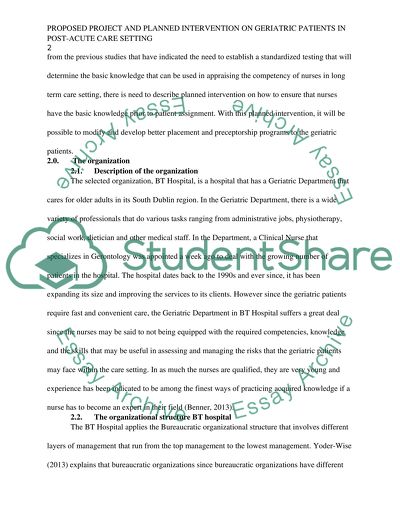Cite this document
(“Proposed project intervention on geriatric patients Coursework”, n.d.)
Proposed project intervention on geriatric patients Coursework. Retrieved from https://studentshare.org/nursing/1701387-proposed-project-intervention-on-geriatric-patients
Proposed project intervention on geriatric patients Coursework. Retrieved from https://studentshare.org/nursing/1701387-proposed-project-intervention-on-geriatric-patients
(Proposed Project Intervention on Geriatric Patients Coursework)
Proposed Project Intervention on Geriatric Patients Coursework. https://studentshare.org/nursing/1701387-proposed-project-intervention-on-geriatric-patients.
Proposed Project Intervention on Geriatric Patients Coursework. https://studentshare.org/nursing/1701387-proposed-project-intervention-on-geriatric-patients.
“Proposed Project Intervention on Geriatric Patients Coursework”, n.d. https://studentshare.org/nursing/1701387-proposed-project-intervention-on-geriatric-patients.


